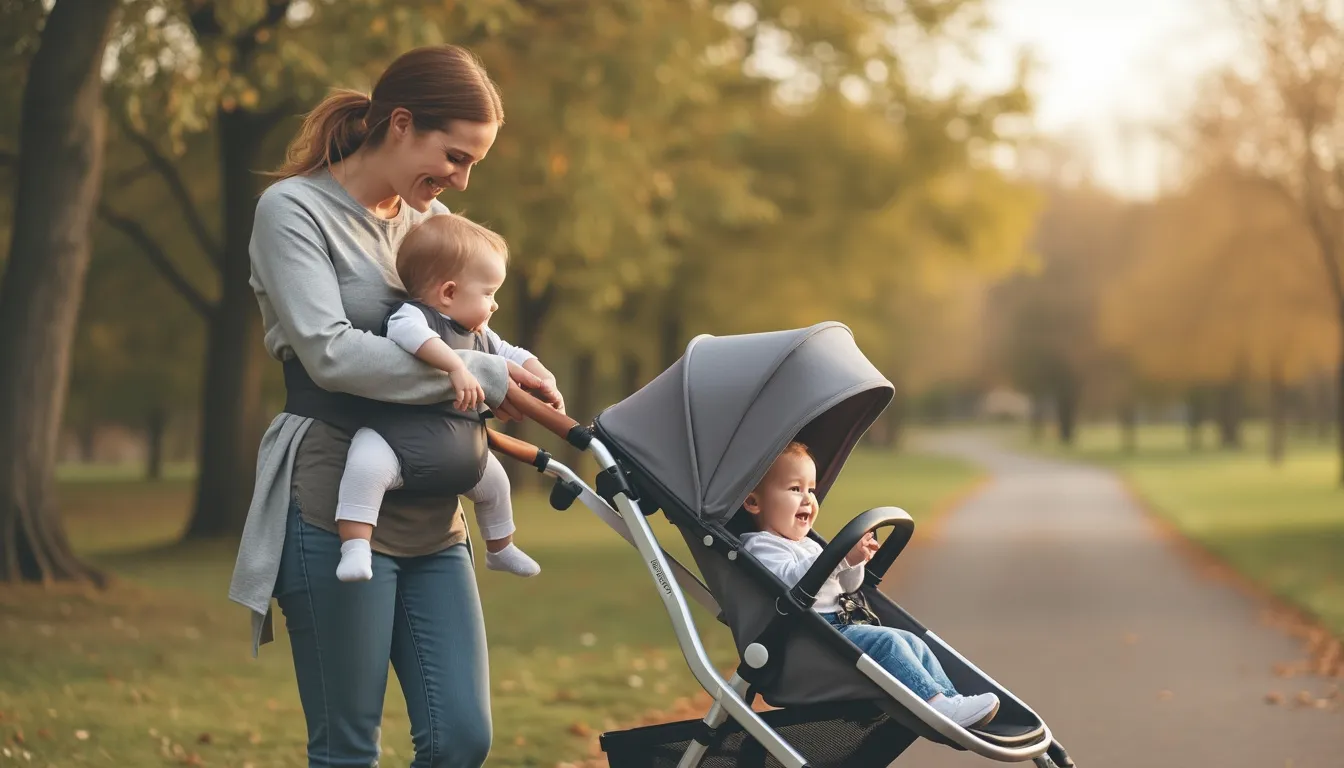How to Transition From Stroller to Baby Carrier
Transitioning from a stroller to a baby carrier can be a significant step for both parents and their little ones. As a mom who has navigated this transition, I understand the importance of choosing the right baby carrier that suits both your lifestyle and your baby's needs. In this blog, I will share my personal experiences and insights to help you make an informed decision.

Understanding the Transition
When my baby outgrew the stroller phase, I found myself in need of a more versatile option that allowed for greater mobility and closeness. Baby carriers offer the perfect solution, providing a hands-free way to keep your baby close while you go about your day. The transition from stroller to carrier is not just about convenience; it's about fostering a deeper bond with your child.
Types of Baby Carriers
There are several types of baby carriers to consider, each with its own set of benefits. Structured carriers, wraps, and slings are among the most popular options. Structured carriers provide excellent support and are often adjustable, making them ideal for longer outings. Wraps offer a snug fit and are perfect for newborns, while slings provide ease of use and are great for quick trips.
Personal Experience with Baby Carriers
During my transition, I tried a few different types of carriers. Initially, I was drawn to a structured carrier because of its ergonomic design, which provided excellent back support. However, as my baby grew, I found wraps to be more comfortable for both of us, especially during nap times. The wrap allowed for a more natural position and was easier to adjust as needed.
Key Considerations
When choosing a baby carrier, consider factors such as comfort, ease of use, and adjustability. It's crucial to select a carrier that evenly distributes your baby's weight to prevent strain on your back and shoulders. Additionally, ensure the carrier is easy to put on and take off, especially if you plan to use it frequently.
Safety Tips
Safety is paramount when using a baby carrier. Always ensure your baby's face is visible and their airways are clear. Check that the carrier is securely fastened and that your baby is in a natural, comfortable position. Regularly inspect the carrier for any signs of wear and tear.
Conclusion
Transitioning from a stroller to a baby carrier can be a rewarding experience that enhances your bond with your baby. By understanding the different types of carriers and considering your specific needs, you can find the perfect carrier that suits your lifestyle. Remember, the right carrier will not only provide comfort and convenience but also ensure the safety and well-being of your child.
Car Seats
The Evolution of Car Seat Technology: What’s New?
Car Seats and Carpooling: Ensuring Safety for All Children
The Benefits of Convertible Car Seats for Growing Families
Traveling with a Car Seat: Tips for Airplane and Road Trips
The Role of Car Seats in Preventing Child Injuries
Common Mistakes Parents Make with Car Seats and How to Avoid Them
Diapering
The Ultimate Guide to Diapering for New Parents
Eco-Friendly Diapering Options for Conscious Moms
How to Change a Diaper: Step-by-Step Instructions
The Role of Diapers in Baby's Development
Diaper Sizing Guide: Finding the Perfect Fit for Your Baby
Nighttime Diapering Solutions for a Good Night's Sleep